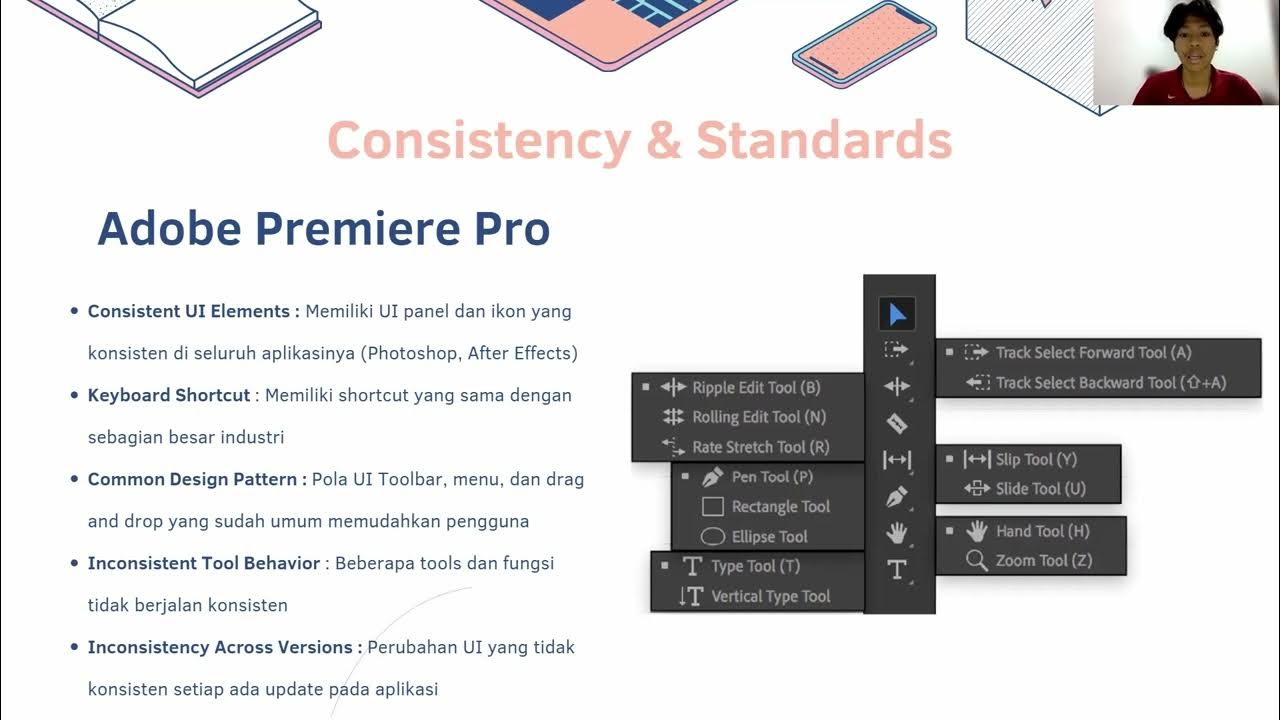The Impossible Rise of CANVA To a $40 Billion company.
Summary
TLDRCanva, a billion-dollar Australian startup, revolutionized graphic design with its user-friendly platform, making it accessible to everyone. Founded by Melanie Perkins, it began as a yearbook design business, evolved into a global design tool, and faced initial investor skepticism. With a freemium model, partnerships, and a focus on simplicity, Canva grew to over 100 million users, becoming a household name and a must-have for businesses and individuals in the digital content era.
Takeaways
- 🌐 Canva started as a small Australian startup and has grown into a billion-dollar company with over 100 million users worldwide.
- 🎨 Canva's specialty is its simplicity, allowing users with limited design skills to create professional-looking designs easily.
- 💡 The idea for Canva was born out of Melanie Perkins' frustration with the difficulty of using Microsoft design software and her vision for an easy-to-use online design tool.
- 📚 Perkins' initial venture, Fusion Books, was a success and laid the groundwork for what would become Canva.
- 🤝 Key partnerships, such as with Bill Tai and Lars Rasmussen, were crucial in securing investment and technical expertise for Canva's development.
- 🚀 Despite initial rejections from over 100 investors, perseverance led to securing the necessary funding to launch Canva.
- 🛠️ Canva's user-friendly interface, with a focus on drag-and-drop functionality, was designed to be intuitive and accessible to non-designers.
- 🆓 The freemium model was a strategic decision that allowed Canva to attract a wide user base by offering basic features for free.
- 📈 Canva's growth was rapid, with a significant increase in the number of designs created on the platform post-launch.
- 🌟 In 2018, Canva raised $40 million in funding, reaching a valuation of over $1 billion, solidifying its position in the market.
- 🔗 Strategic partnerships with companies like Dropbox, Google, and HubSpot expanded Canva's reach and utility for users.
Q & A
What was the initial inspiration for Canva?
-Melanie Perkins, the founder, was inspired to create Canva after finding traditional design software like Microsoft's difficult to use. She envisioned a tool that would be easy for everyone to use, regardless of their design expertise.
How did Canva's journey begin before becoming a billion-dollar company?
-Canva's journey began with a small online yearbook design business called Fusion Yearbooks, which Perkins started with her boyfriend. This business grew to become the largest yearbook company in Australia and expanded to France and New Zealand.
What was the turning point for Canva in terms of securing investment?
-The turning point was when Melanie Perkins met Bill Tai, a venture capitalist, who introduced her to Lars Rasmussen, a co-founder of Google Maps. This connection eventually led to the formation of a strong team and investment in Canva.
Who was the key person that joined Canva after an initial rejection?
-Cameron Adams, who was initially working on his own project called Fluent.io, was the key person who joined Canva as a co-founder after initially rejecting the offer. He later agreed to join, becoming a perfect fit for the team.
What was the initial challenge Canva faced in Silicon Valley?
-Canva faced the challenge of not fitting the typical investment patterns sought by Silicon Valley investors, who often looked for entrepreneurs with backgrounds similar to successful figures like Mark Zuckerberg. Additionally, the distance of Canva's base in Sydney was seen as a potential issue.
How did Canva address the psychological barriers users had with design tools?
-Canva addressed psychological barriers by ensuring that their platform was extremely user-friendly, with a drag-and-drop interface, and by providing a wide range of templates to boost users' confidence in their design capabilities.
What was Canva's business model that contributed to its rapid growth?
-Canva adopted a freemium model, allowing users to access the platform for free with limited features, which made it accessible to a wide range of users, from freelancers to small business owners.
How did Canva expand its user base and establish itself as a thought leader?
-Canva expanded its user base and established itself as a thought leader through a strong social media presence and content marketing, including publishing design tutorials and resources on their blog.
What were some of Canva's main competitors when it first launched?
-When Canva first launched, its main competitors included Adobe, with its Creative Suite of products, PicMonkey, which offered a user-friendly design tool, and Piktochart, focused on creating infographics and charts.
How did Canva differentiate itself from the competition?
-Canva differentiated itself with a user-friendly interface, a wide range of design templates, and as a free, browser-based tool, making it stand out and quickly gain popularity among non-designers and professionals alike.
What role did partnerships play in Canva's growth strategy?
-Partnerships played a significant role in Canva's growth strategy by offering integrations with other popular tools like Dropbox, Google, and HubSpot, positioning Canva as a must-have tool for businesses looking to create professional designs.
Outlines

Cette section est réservée aux utilisateurs payants. Améliorez votre compte pour accéder à cette section.
Améliorer maintenantMindmap

Cette section est réservée aux utilisateurs payants. Améliorez votre compte pour accéder à cette section.
Améliorer maintenantKeywords

Cette section est réservée aux utilisateurs payants. Améliorez votre compte pour accéder à cette section.
Améliorer maintenantHighlights

Cette section est réservée aux utilisateurs payants. Améliorez votre compte pour accéder à cette section.
Améliorer maintenantTranscripts

Cette section est réservée aux utilisateurs payants. Améliorez votre compte pour accéder à cette section.
Améliorer maintenantVoir Plus de Vidéos Connexes

How Canva Ended Adobe's Monopoly

BELAJAR CANVA #1: KELEBIHAN DAN KEKURANGAN CANVA YANG WAJIB DIKETAHUI !!!!

I tried using Canva to make a Product Commercial

CANVA TUTORIAL FOR BEGINNERS 2024 (How to start using Canva step by step)

Guru Wajib Tahu ! 8 Manfaat Canva Untuk Inovasi Pembelajaran

Analisis Prinsip Design & User Experience Adobe Premiere Pro Vs Canva
5.0 / 5 (0 votes)
